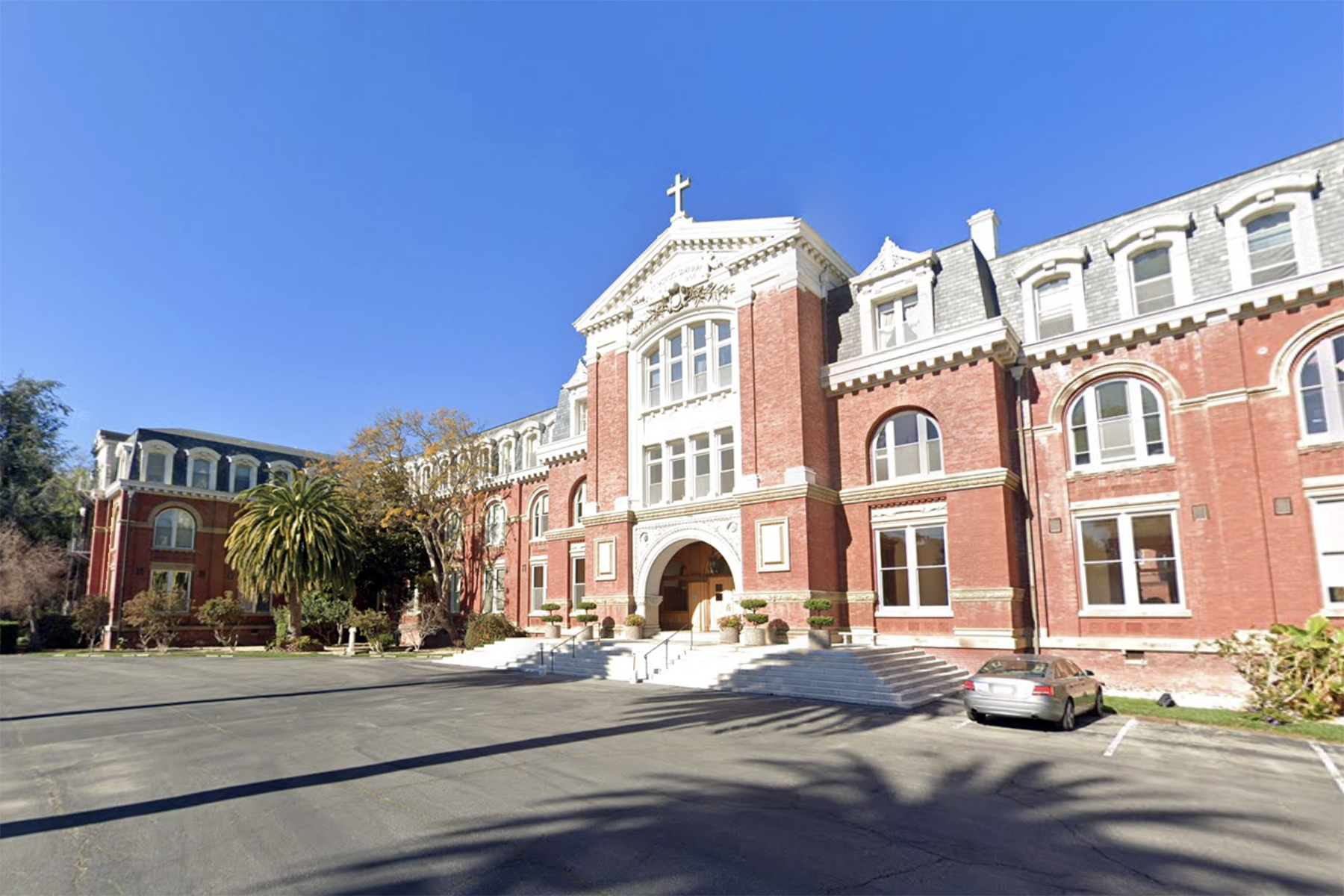RELATED: What’s a ‘miracle’? Here’s how the Catholic Church decides
Outside of Rome, where the Dicastery for the Causes of Saints offers a one-semester course on the topic in Italian, canonization remains obscure for most Catholics, explained Emanuele Spedicato, an associate professor of canon law at Rome’s Pontifical Gregorian University.
In February, Spedicato, the canon lawyer assigned to Evans’ cause, will fly to California to teach the center’s first cohort of 50 students.
“Outside of Rome and of Italy, where there is a stronger formation from the Vatican, the biggest challenge is really the formation of the people involved in a cause of canonization,” he said.

Emanuele Spedicato. (Courtesy photo)
The first part of the course will introduce participants to the Catholic Church’s sainthood culture, highlighting how the canonization process has evolved from the ages of martyrs to present day. The training will also include the theological aspect of canonization and will detail the three reasons for which a cause can be started: a person dying in martyrdom, one exercising heroic virtues or one offering their lives in the exercise of their ministry.
An entire day will be dedicated to miracles — “a (key) element in a process of canonization” — Spedicato said. Miracles refer to events that occurred “by the Grace of God through the intercession of a Venerable, or Blessed, which is scientifically inexplicable,” according to the U.S. Conference of Catholic Bishops’ website.
For Kathleen Sprows Cummings, an American studies and history professor at University of Notre Dame in Indiana and the author of “A Saint of Our Own: How the Quest for a Holy Hero Helped Catholics Become American” (2019), the St. Patrick’s Seminary initiative signals an interesting shift in the American Catholic Church’s approach to sainthood. After despairing about not seeing more American-born saint candidates and decades of volunteers vying for more attention to their causes, Sprows Cummings said faithfuls creating networks and working side by side is a new strategy.
“This is a sign that those days are over — that there’s actually many candidates from the United States who are being considered, and that it’s in their interest to cooperate rather than compete,” she said. “It’s not a zero-sum game. The popularity of some saints spills over into making others more popular.”
The way American Catholics work on causes has also evolved, she noted. Instead of religious order members working full time on causes, now many involve part-time volunteers for whom training can be invaluable.
And in recent years, a number of causes for lay Catholics have gained traction among Americans, she said, including those of 6 Black candidates. After George Floyd’s murder by a police officer in Minneapolis in 2020, interest in the causes of Black candidates increased.
“In a time when the United States is trying to reconcile with the legacy of racism, and the Catholic Church is asking what its part was in that, these stories have a lot of appeal,” Sprows Cummings said.
Waldery Hilgeman, the postulator, or person guiding the causes, for three Black saint candidates – Servant of God Julia Greeley, Mother Mary Lange and Venerable Henriette DeLille – will teach classes at the center alongside Spedicato.
As Catholics, in America and across the world, await signs of what Pope Leo XIV’s approach to saint-making will be, Sprows Cummings said she believes the pope will be compelled to walk in the steps of his predecessors, two “energetic saint-makers,” as a number of causes are already underway at the dicastery.
The new pope, she said, could potentially “be very interested in … a broader representation of a diversity of the world’s Catholics represented as saints.”


